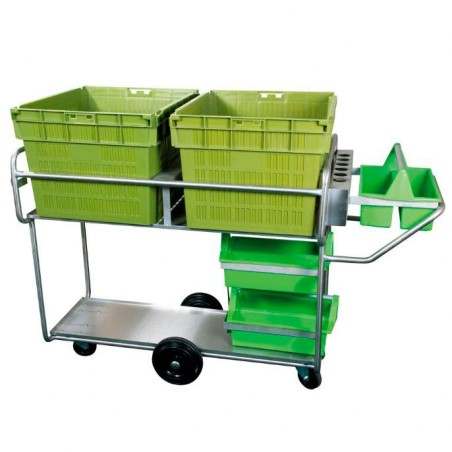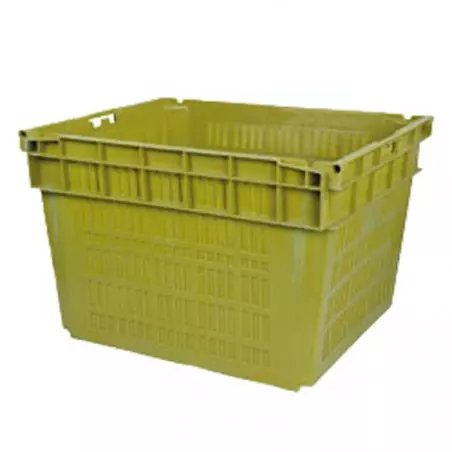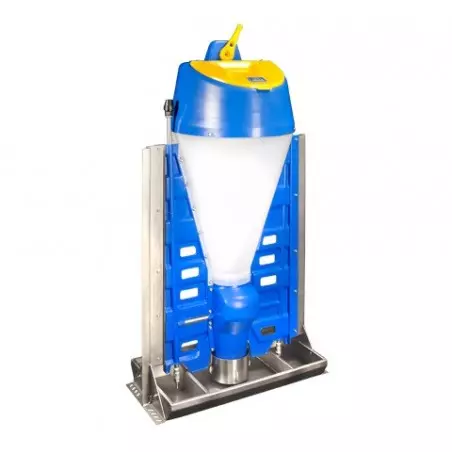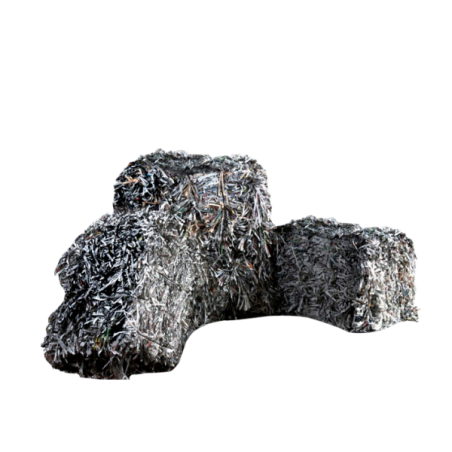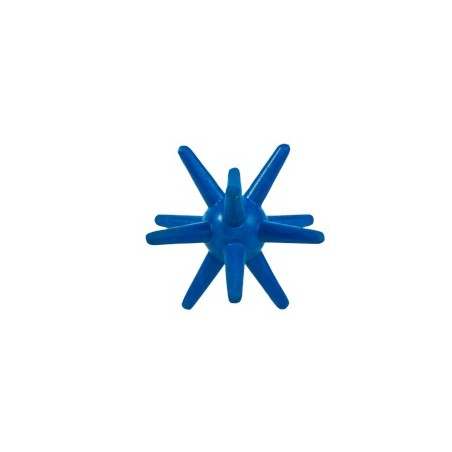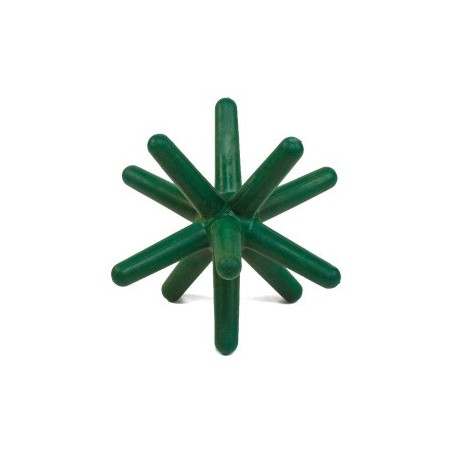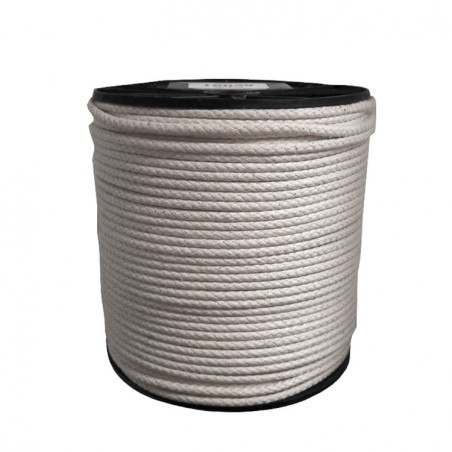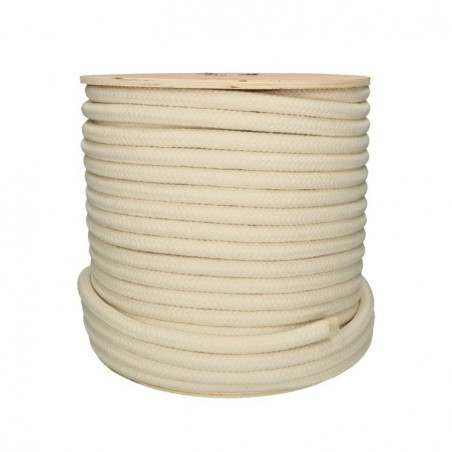We must produce more efficiently, at the lowest cost, in a sustainable way, respecting animal welfare and minimizing the use of antimicrobials, and all this in a context where the industry is facing staffing difficulties. What can we do to address these challenges? Innovate, research, and conduct valid trials that reflect the reality of each company.
We visited Cuarte SL group's Pedregales farm, which in 2022 won the Zoetis Innovation Award, but what we found was more than an innovative farm: it was an R&D team with multiple projects with the aim of bringing the academic world and practical application closer together.

We were accompanied throughout the visit by Antonio Gonzalez de Bulnes, head of Biotechnology at Grupo Jorge, who offers 20 years of experience as a researcher leading innovation and applied research programs.
Pedregales farm
The Pedregales farm, located in La Puebla de Hijar, in the Teruel province of Spain, started operating in 2019. We were accompanied on the visit by two fundamental players: the farm manager, Luis Miguel Bernal, and his veterinarian, David Moll Mas. The staff working on the different farms involved in the entire project was a key piece when it came to choosing it as the ideal testbed in Grupo Jorge's innovation development. Combining a commercial production system with strict data collection and a large volume provides a great deal of solidity to the assessments made throughout this system. As anyone who has ever done on-farm testing knows well, staff involvement is essential for the success of these projects.
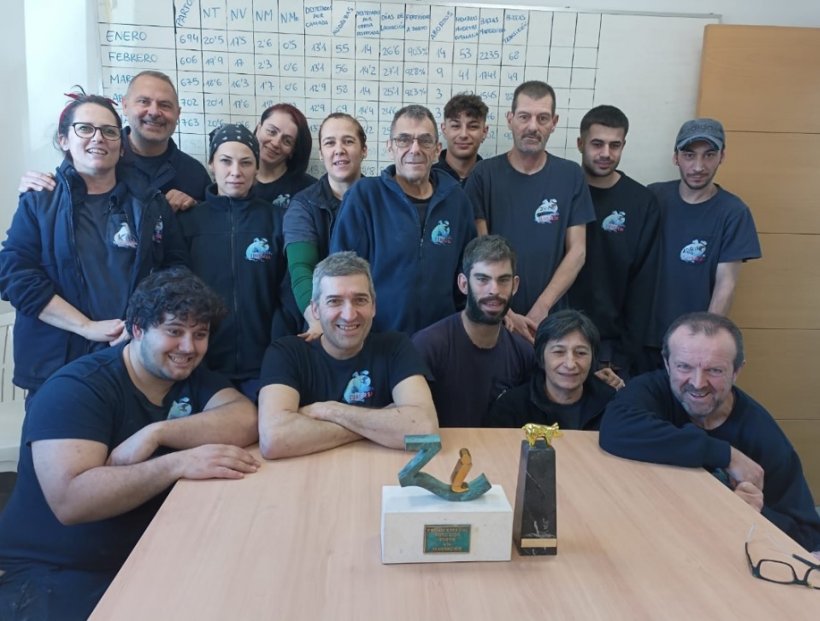
The team at the Pedregales farm is a fundamental part of the project's success.
The Pedregales farm, where 3,500 sows are housed, has all the design elements to maintain good biosecurity, including the disinfection of materials by means of an ozonizer and UV rays, the combined use of incineration and hydrolysis for carcass disposal, the installation of Danish entries on the farm, properly designed changing rooms, the use of a washing robot, etc. The water treatment procedure is based on the use of chlorine dioxide, after filtering and decalcification.
The farm uses forced ventilation, which, together with good insulation, provides excellent environmental conditions for the animals. All farrowing pens are equipped with straw dispensing systems and paper bedding is also provided at farrowing. Piglets with lower birth weights are supplemented and there is also a system to provide milk replacers.
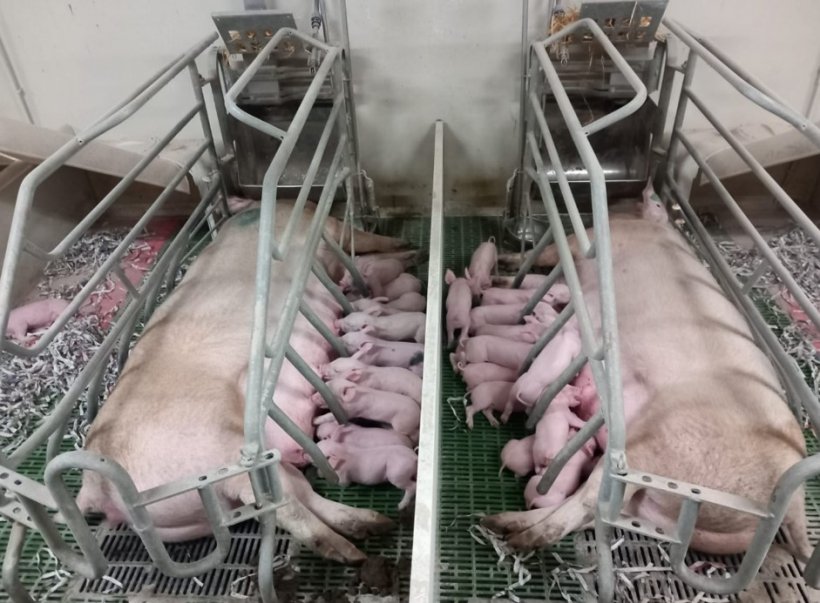
Paper is added during farrowing to improve piglet comfort.
The gilts are mated separately and grouped in the farrowing room. It should be noted that the farm has enough adequate spaces to promptly isolate any females that have difficulty adapting to the group, which facilitates their recovery.
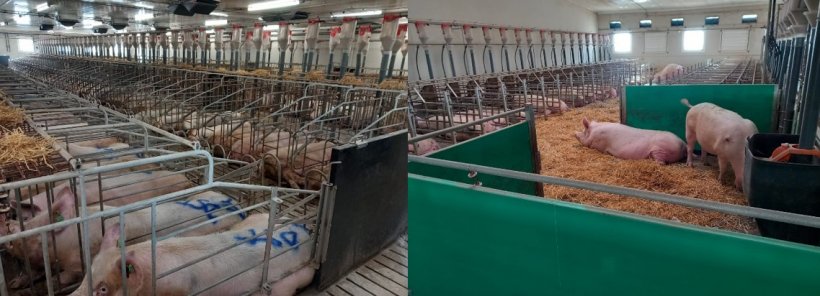
Sows routinely receive straw as enrichment material.
On a weekly basis, 100% of the piglets are individually identified at birth by means of an RFID ear tag for subsequent follow-up, including litter and pedigree identification, follow-up of congenital defects such as hernias, and individual weighing at birth and throughout the different phases of the project until the piglets reach the slaughter plant.
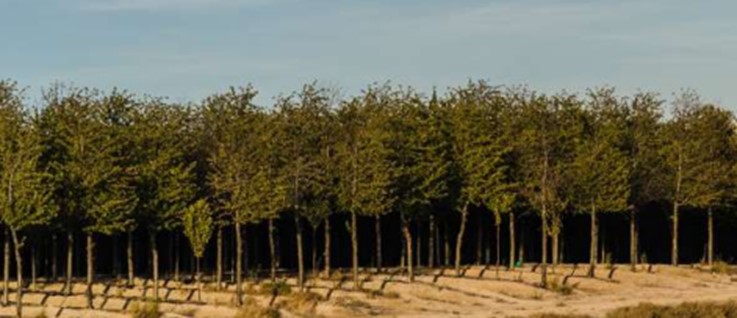
Hardwood forest crop in the middle of the Monegros desert.
The animals are weaned at 28 days of lactation and then transported to the rest of the system to perform the tests selected by the R&D department. Having reliable data is even more important than on a commercial farm and the farm works with QR codes on the cards to minimize errors.
On the way to visit the nursery site we were able to appreciate part of the 180-hectare of forest crops including walnut and cherry trees, both considered hardwoods, located in the Monegros region. In addition to being almost an "oasis" in the middle of the region's arid climate, this forest crop captures considerable amounts of CO2, which contributes to reducing the environmental impact of Grupo Jorge's operations.
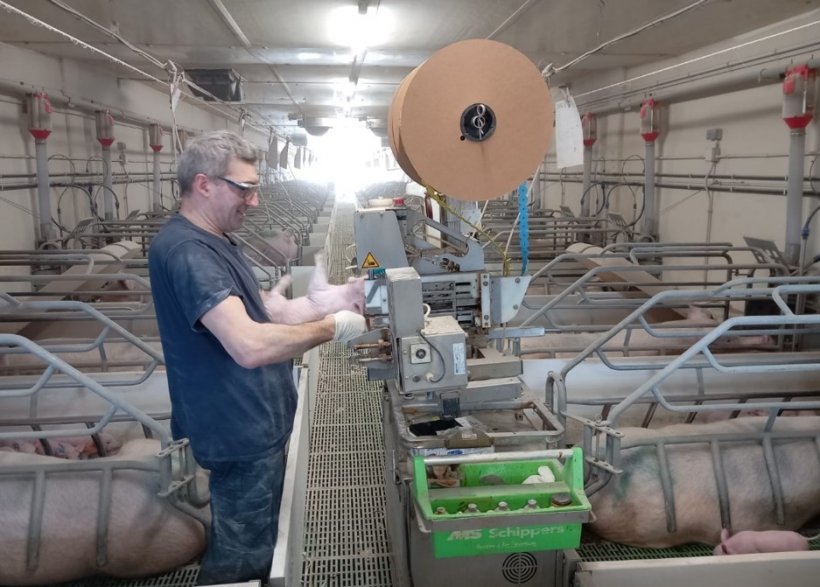
Individual identification including litter traceability is essential for conducting the various trials.

Trials in the nursery: A highly complex phase
In recent years, the nursery phase has seen several changes that have made it particularly critical. Within the testing system, the nursery site, called Jalaebro 8, has played a very active role in several of the developments that have taken place to adapt to the removal of zinc oxide and the reduction of antibiotic use. Jordi Farrés, head of Jalaebro 8, accompanied us on our visit and the pride and enthusiasm of the staff was evident in their active participation in the search for solutions that will later have practical applications on the rest of the group's farms.
This nursery has six rooms that can accommodate 2500 animals which are divided into control and experimental groups. The pens have underfloor heating and nest area and are provided with chopped straw in the resting area which, in addition to being manipulable material, also achieves a fasting effect. This facility, being conciencious that water quality is very important, implemented an electrolysis water treatment system.
The multiple nutrition trials conducted here include the inclusion of functional amino acids to improve the animal's defenses, the inclusion of grape skins or polyphenols through by-products derived from olive processing, the inclusion of insect meal, along with many others.
Another area where innovation is constant and where they are also focusing their efforts is precision livestock farming. For this purpose, the barns are equipped with sensors to measure the different environmental parameters and also have water consumption meters, as well as level measurement in the silos by means of lasers.
The animals are transported to a group of specially equipped finishing barns where they have, for example, testing systems that allow the individual evaluation of consumption and growth and where various trials and validations are carried out, some of which are mentioned below.
Adjusting predictions
One of the areas of study is related to improving weight estimations and prediction equations used at slaughter, taking into account the continuous genetic evolution and nutritional improvements. In this regard, extensive comparative measurements are carried out with the live animal and in the slaughterhouse, using type B ultrasound and AutoFom scanners. In addition, many of the finishing units are equipped with cameras that are used for various purposes, for volumetric assessments to provide accurate estimates of live weight, and for behavioral and activity level studies.
Insect meal: much more than an alternative protein
One of the many tests being carried out is the use of insect meal. The objective is to evaluate its inclusion in lactation and piglet feeds. In addition to providing an alternative source of protein, reducing dependence on imports, and improving sustainability, the benefits also include taking advantage of substances produced by insects that have specific properties, such as antimicrobial activity.
Finding the best use for the by-product of alabaster mines
Aragon produces more than 75% of the world's alabaster. A significant volume of waste is also produced during the processing of this material. This alabaster powder is a gypsum formed by high-purity calcium sulfate that is used in agriculture as a fertilizer and soil amendment. This material has a very high adsorption capacity, so it retains a large number of substances, including heavy metals and nitrogenous compounds such as ammonium. Small-scale tests indicate that this alabaster powder could be an interesting material for slurry filtration, but it needs to be demonstrated that it can be used on a large scale.
We could mention many other innovative projects ranging from microbiota transplants after their study through metagenomics, analysis of congenital defects such as hernias, epigenetics, the search for metabolic markers, and many others. The human team and the set of facilities that we saw are a reflection of the clear commitment to innovation, research, and its application in commercial conditions. With the resources and involvement that we saw in the team, we are sure that we will witness great advances.




